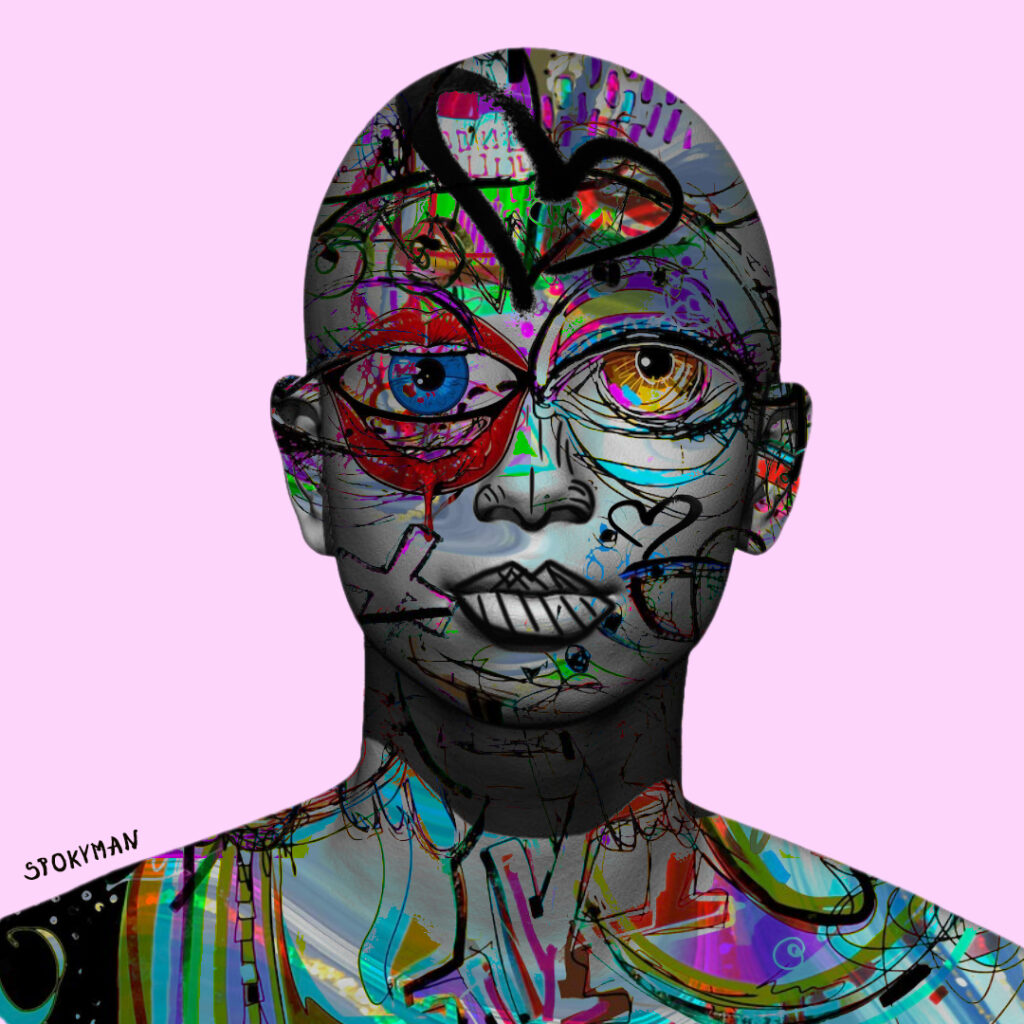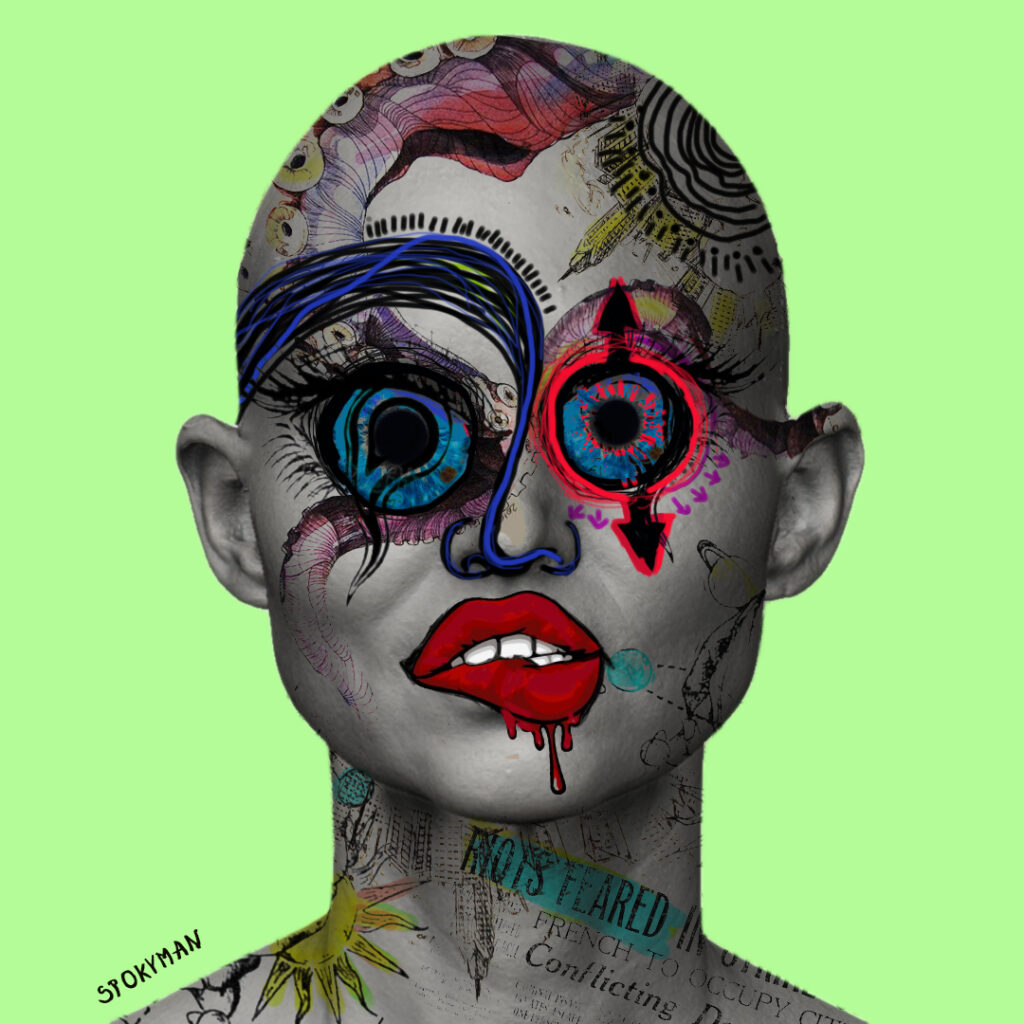Street art is a form of expression that reflects the culture, politics, and identity of urban communities. It is often seen as a rebellious and subversive act, challenging the norms and authorities of society. However, street art also faces many challenges, such as vandalism, censorship, and lack of recognition.
That’s why some street artists are turning to non-fungible tokens (NFTs) to create, sell, and collect their artworks. NFTs are digital assets that are unique and verifiable on a blockchain. They can represent anything from art, music, games, to memes. NFTs have gained popularity in recent years, especially in the art world, where they have sold for millions of dollars.
But what are the benefits of NFTs for street artists? How do they work? And how are they changing the game for graffiti and urban art? Let’s find out.

The Benefits of NFTs for Street Artists
One of the main benefits of NFTs for street artists is that they can monetize their artworks without compromising their authenticity and integrity. Street artists often struggle to make a living from their art, as they have to deal with legal issues, low exposure, and limited market access. Moreover, their artworks are often ephemeral, as they can be erased, painted over, or damaged by weather or other factors.
NFTs solve these problems by allowing street artists to create digital versions of their artworks that can be sold and traded on online platforms. These digital artworks can capture the essence and style of the original street artworks, while also adding new elements such as animation, sound, or interactivity. By creating NFTs, street artists can reach a wider audience, generate income, and gain recognition for their work.
Another benefit of NFTs for street artists is that they can preserve their artworks and protect them from plagiarism and theft. NFTs are stored on a blockchain, which is a distributed ledger that records transactions and data in a secure and transparent way. Each NFT has a unique identifier and metadata that prove its ownership and provenance. This means that no one can copy, alter, or claim someone else’s NFT without their permission.
By using NFTs, street artists can ensure that their artworks are not lost or forgotten over time. They can also create a digital archive of their works that can be accessed by anyone who is interested in their art. Furthermore, they can use NFTs to establish their reputation and credibility as artists, as they can showcase their portfolio and history of sales.
How NFTs Work for Street Artists
To create an NFT, a street artist needs to take a photo or video of their artwork and upload it to a platform that supports NFT creation. There are many platforms available, such as OpenSea, Rarible, SuperRare, or Foundation. The artist then needs to choose a blockchain network to mint their NFT on. The most popular network is Ethereum, but there are others such as Binance Smart Chain or Flow.
Minting an NFT means creating a smart contract that defines the rules and properties of the digital asset. The smart contract also assigns a token to the asset, which is the unit of value that can be traded on the platform. The artist then needs to pay a fee in cryptocurrency to confirm the transaction and register the NFT on the blockchain.
Once the NFT is created, the artist can list it for sale on the platform or auction it off to the highest bidder. The artist can also set a royalty fee that they will receive every time their NFT is resold in the future. The buyer of the NFT can then view it on their digital wallet or display it on their virtual gallery or social media.
Another advantage of NFTs is that they allow street art to be collected and appreciated by a wider audience. Many street artworks are located in hard-to-reach places or are at risk of being destroyed, making it difficult for collectors to own a piece of the action. With NFTs, anyone can own a piece of street art, regardless of where it’s located or how long it will last.
However, as with any new technology, there are also some concerns about the future of street art with NFTs. Some critics argue that the emphasis on monetization could take away from the authenticity of street art and that the focus on digital versions of graffiti could make it less accessible to the public.

Despite these concerns, it’s clear that graffiti NFTs are changing the game for street art. They’re providing new opportunities for artists to monetize their work and giving collectors a way to own a piece of the urban landscape. As the technology continues to evolve, it will be interesting to see how street art continues to adapt and evolve in the digital age.
This NFT collection design by Tirdokht Gallery. you can see all this collection in Opensea platform.
